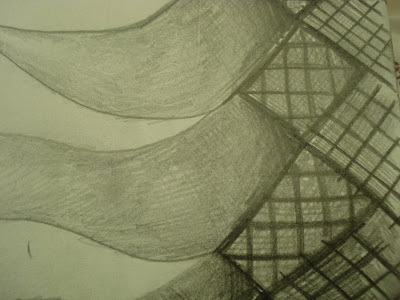As I was researching the thinker William G. Staples, through his books, "Everyday Surveillance: Vigilance and visibility in postmodern life" and "The Culture of Surveillance: Discipline and social control " which investigates the idea of how through technology and surveillance, although its to make this work safer and better, to what extents are we willing to extend to, as a quote goes in one of his books, "worth surviving the risks of life only to end up “living” in a surveillance society?" and that in this generation with all of this surveillance there is the fact of trust becoming diminished in this culture of surveillance as you totally rely on technology and not on the truthfulness and honesty of a human any longer. Can you really trust anyone anymore? That "trust is becoming a rare commodity in our culture". And that there is this fact of how we always "assume that all technological change is always "for the better"." But if through this type of technological generation we are just being controled by technology, and trust is diminishing, it is obvious that technological change is not always for the better. "obviously, we want to stop needless loss of life and injury, but on what basis and with what values do we evaluate the choice between reducing life's risks and tragedies by some unknown amount versus limiting our constitutional rights and personal freedom?"


































